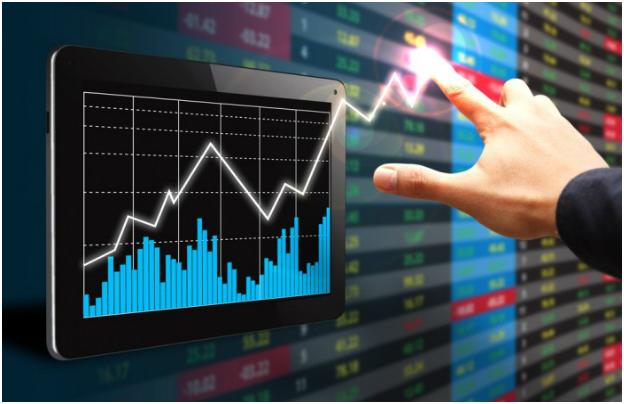To start trading shares, you need to learn stock trading, and a basic tool – a trading account. You can open one with a broker, or with a bank, but how do you choose the right and reliable company if you are taking your first steps in the financial markets?
A checklist for a broker
- Make sure that the financial institution is licensed. Such documents are always posted on the company’s official website and are quite easy to find.
- Pay attention to the age of the company. It is no secret that the longer the firm is on the market, the more trustworthy it is. Choose brokers that are 5 years old or, better yet, 10.
- Check trading conditions. You should be interested in:
- Deposit and withdrawal fees from your accounts – how low or high they are;
- Commissions for trading stocks – again, their size is important, the lower they are of course the better.
- Also check the number and types of instruments to trade – if a broker only lets you trade premium stocks like Google and Tesla, you may simply not have enough money to invest in such giants. Diversity is everything.
- Look for information about brokers on aggregator websites and rankings. They usually have all the information we talked about earlier, plus you’ll find reviews from other traders that can help you make your choice.
Once your choice is made, look for Stocks Trading Platforms allowed to trade in South Africa and open a trading account.
How do I choose my stock investment size?
Now it’s time to decide how much to invest in stocks. The answer to this question is very simple: invest exactly as much as you can afford to lose. This is the most sensible and rational approach. The larger the investment, the greater the potential return, but the greater the risks.
Now let’s determine who to invest in or what tools to trade.
What instruments are available for investing in stocks?
Here we will not talk about specific companies, but rather about types of assets. The point is this:
- Companies form stock indices, which can also be invested in.
- Stocks can be traded using CFD contracts.
- Also, there are ETF funds on the market.
Let us explain these concepts in more detail:
- Indices. An index is a kind of basket or set of stocks. For example, the popular Dow Jones Index includes the 30 largest companies whose stocks are traded on U.S. exchanges. It is important to know that the index is never traded in its pure form – traders operate on its derivatives. For example, CFD.
- CFD stands for Contract for Difference. The difference is in the price of the asset – at the time of purchase and at the time of sale. There are CFDs on indices, CFDs on stocks, CFDs on metals, etc. The main difference in trading CFDs compared to pure asset trading is the ability to use leverage.
- An ETF is a set of stocks that are traded on the market as a single instrument. There are index ETFs that copy a stock index, commodity ETFs that target a specific group of commodities, such as precious metals, industry ETFs that include stocks of companies from a single sector, and others. ETFs are relatively new but gaining popularity in the financial markets.
What do we end up with?
- Choose a broker and open an account.
- Determine the amount available for investment.
- Selecting the type of instruments to trade.
Well, our brief tour into the world of investments came to the end. Have fun investing!




